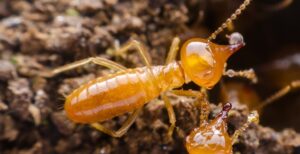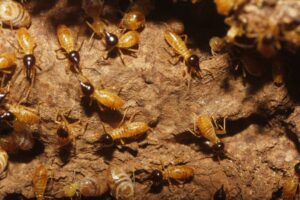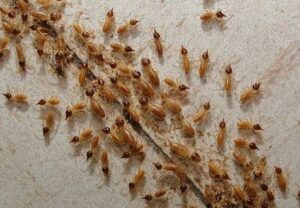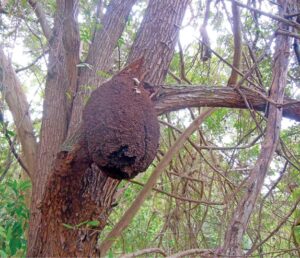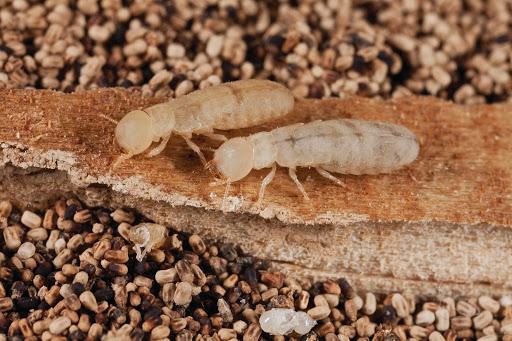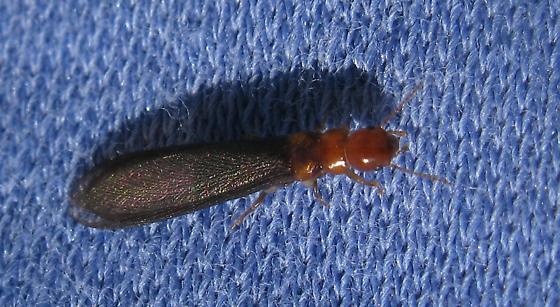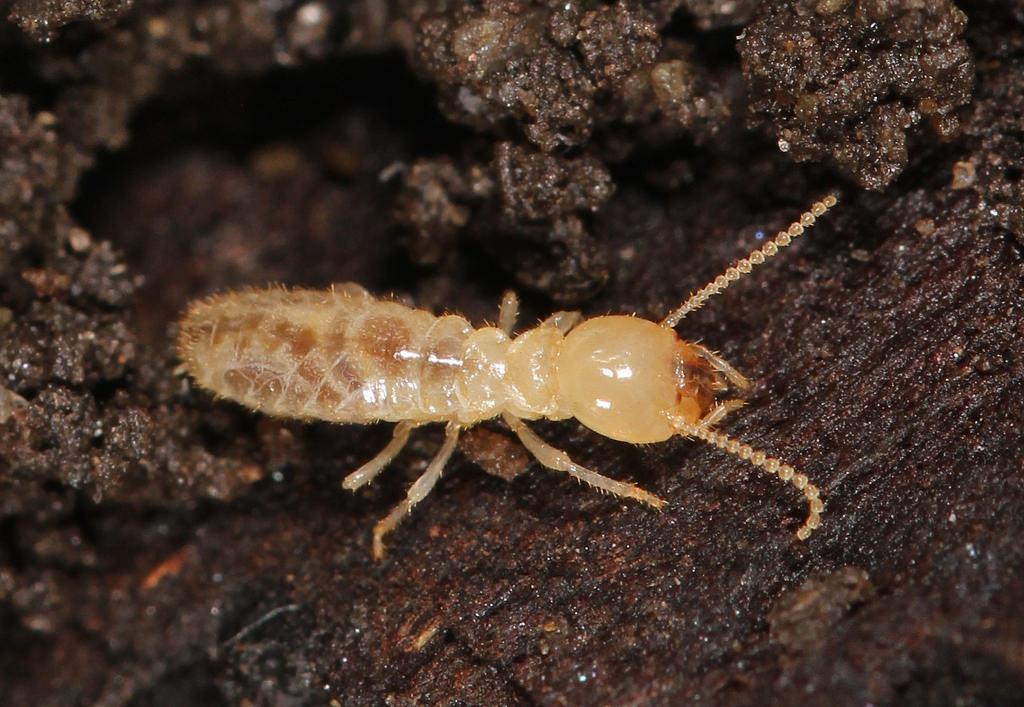Conehead Termite (Nasutitermes corniger)
Updated on
26/11/2022Conehead termites are a species of termites living in the neotropics.
Scientific Classification
- Class:Insecta
- Order:Blattodea
- Family:Termitidae
- Genus:Nasutitermes
- Species:N. corniger
Conservation Status
Description and Identification
These termites have dark bodies, black wings, and ocelli far from the eyes. The conehead termite is known for its symbiotic relationship with bats and ants, where the latter will occupy their nests after the termites have left.
Distribution: Bolivia, Costa Rica, Guatemala, Honduras, Mexico, Panama, the Papuan Region, Puerto Rico, Tobago, Trinidad, Venezuela, and Florida in the United States
Habitat: Varied, including agricultural, natural, and urban environments
Do They Bite: No
Lifespan: Not recorded
Predators: Ants, lizards, and termites from other colonies; sometimes, certain anteaters attack their nests, mistaking them for ant colonies.
Behavior and Characteristics
Social
They are eusocial insects, forming large colonies geared towards rearing offspring. A nest consists of alates, soldiers, and workers. Alates can reproduce on growing up, soldiers protect the nest by spewing a sticky, poisonous liquid on predators, and workers harvest resources.
Feeding
The nests are generally built on top of wooden structures, which these termites exploit as a food source.
Life Cycle
New colonies have multiple queens and kings living in the same royal chamber. Slightly older colonies have up to 33 queens but only one king, i.e., practice polygyny. Over time only one queen and one king remain in a monogamous situation. Being polygynous early on allows the production of more workers and female alates quickly than if they were monogamous from the start.
1. Egg Stage
After excavating a nest, the female lays the eggs. The newer eggs and larvae are cared for by the workers.
2. Juvenile Stage
For about 5-8 months, the alates will go through five instars before reaching sexual maturity and leaving the nest.
Getting Rid of Conehead Termites
These termites cause massive structural harm to wooden structures. However, since an infestation is visible, treating it with non-repellent liquid termiticides should scatter the insects.
Source
nexcesscdn.net, edis.ifas.ufl.edu, inaturalist.ca, pctonline.com




